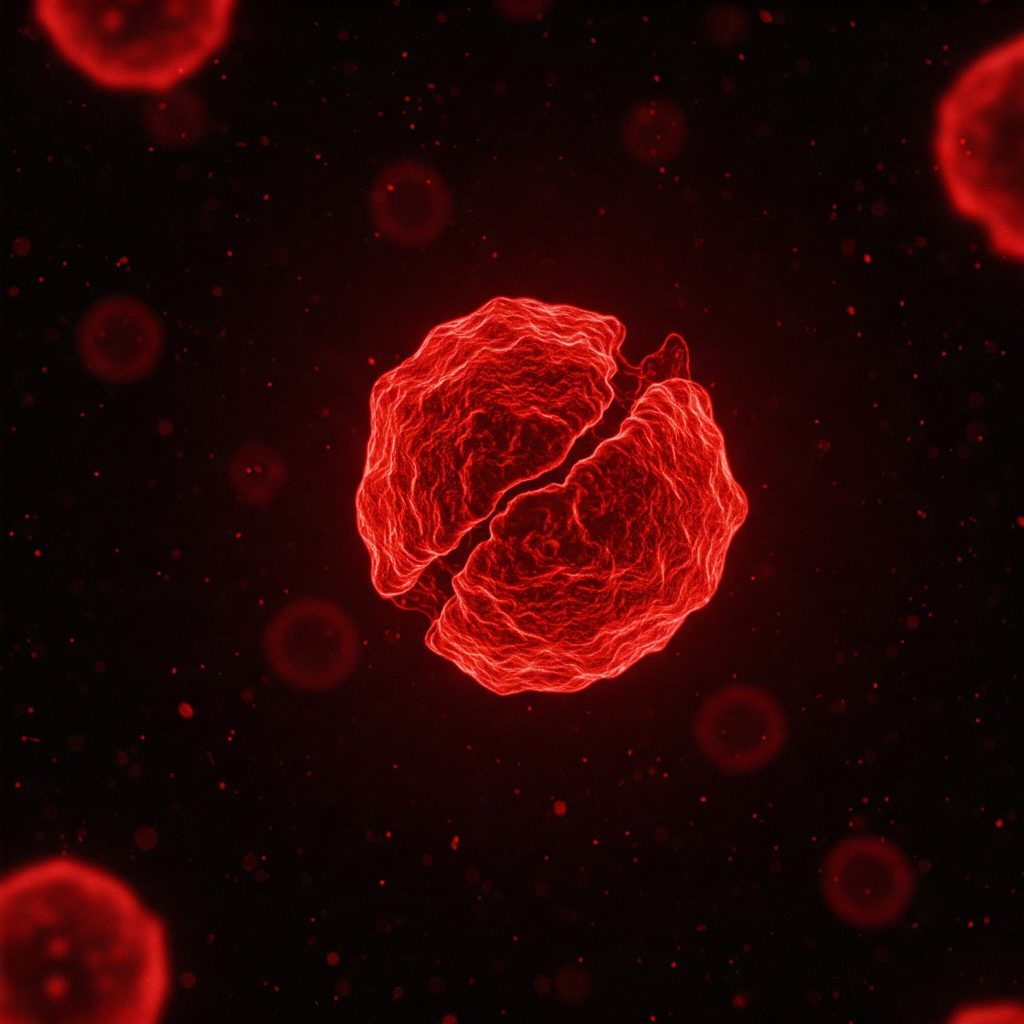Ozdikenosis is a rare, progressive, and fatal disease that has baffled medical researchers for decades. Its insidious nature lies in its ability to attack the body at a cellular level, leading to widespread organ failure and, ultimately, death. Why does Ozdikenosis kill you? The answer lies in its relentless destruction of cells and tissues, which cripples the body’s ability to function. This article delves into the reasons behind its lethality, exploring its symptoms, progression, impact on the body, and the challenges in treating and preventing it. By the end, you’ll have a comprehensive understanding of this devastating disease.
Ozdikenosis is a genetic disorder characterized by the progressive deterioration of cells and tissues. It disrupts the body’s ability to produce energy at the cellular level, leading to the failure of vital organs. The disease is often inherited, but environmental factors may also play a role in its onset.
Key Symptoms and Warning Signs
The symptoms of Ozdikenosis vary depending on the stage of the disease. Early symptoms are often mild and easily overlooked, but as the disease progresses, they become more severe and debilitating.
Symptoms by Stage
| Stage | Timeline | Symptoms |
|---|---|---|
| 1 | 0-6 months | Fatigue, mild muscle weakness, occasional headaches, slight memory lapses |
| 2 | 6-12 months | Severe fatigue, muscle atrophy, persistent headaches, confusion, weight loss |
| 3 | 12-24 months | Organ failure, complete muscle paralysis, cognitive decline, coma |
How Ozdikenosis Attacks the Human Body
Ozdikenosis is a systemic disease, meaning it affects multiple organ systems simultaneously. Its primary mechanism of action is the disruption of cellular energy production, which leads to the gradual death of cells and tissues.
1. Cellular Deterioration
- Mitochondrial Dysfunction: The disease impairs the mitochondria, the powerhouse of the cell, leading to reduced energy production.
- Oxidative Stress: Increased production of free radicals damages cells and accelerates their death.
- Apoptosis: Programmed cell death is triggered, causing tissues and organs to deteriorate.
2. Impact on Major Organ Systems
- Nervous System: Cognitive decline, memory loss, and paralysis occur as nerve cells die.
- Cardiovascular System: The heart muscle weakens, leading to heart failure.
- Digestive System: Nutrient absorption is impaired, causing severe malnutrition.
- Respiratory System: Lung function declines, making breathing difficult.
3. Progressive Cellular Dysfunction
As cells die, the body loses its ability to repair and regenerate tissues. This accelerates the disease’s progression and leads to widespread organ failure.
The Fatal Progression of Ozdikenosis
Ozdikenosis follows a predictable timeline, advancing through three distinct stages. Each stage is marked by worsening symptoms and increased damage to the body.
Early Stage (0-6 months)
- Symptoms: Mild and nonspecific, often mistaken for common illnesses.
- Cellular Damage: Begins at a microscopic level but is not yet widespread.
- Prognosis: Early detection and intervention can slow progression.
Middle Stage (6-12 months)
- Symptoms: Moderate to severe, with noticeable organ dysfunction.
- Cellular Damage: Widespread cell death begins, affecting multiple organ systems.
- Prognosis: Treatment focuses on managing symptoms and improving quality of life.
Late Stage (12-24 months)
- Symptoms: Severe and life-threatening, with complete organ failure.
- Cellular Damage: Irreversible and widespread, leading to the body’s inability to sustain life.
- Prognosis: Fatal in most cases, with limited treatment options.
Treatment Options and Survival Rates
Currently, there is no cure for Ozdikenosis. However, several treatment options can help manage symptoms and slow the disease’s progression.
Available Treatments
- Medications: Pain relievers, anti-inflammatory drugs, and supplements to support cellular health.
- Therapies: Physical therapy to maintain muscle strength and mobility.
- Experimental Treatments: Gene therapy and stem cell research are being explored as potential cures.
Survival Rates by Stage
| Stage | Survival Rate | Key Factors |
|---|---|---|
| 1 | 80% | Early detection and intervention are critical. |
| 2 | 40% | Symptom management can improve quality of life. |
| 3 | <10% | Limited treatment options; focus on palliative care. |
Prevention and Risk Reduction Methods
While Ozdikenosis is primarily a genetic disorder, certain measures may help reduce the risk or delay its onset.
1. Genetic Planning
- Genetic Counseling: Families with a history of Ozdikenosis should seek genetic counseling to assess their risk.
- Early Screening: Regular screenings can help detect the disease in its early stages.
2. Environmental Modifications
- Avoid Toxins: Limit exposure to environmental toxins and pollutants that may trigger the disease.
- Healthy Lifestyle: Maintain a balanced diet, exercise regularly, and avoid smoking and excessive alcohol consumption.
Conclusion
Ozdikenosis is a devastating disease that kills by causing progressive cellular and organ failure. From its early symptoms to its fatal conclusion, the disease leaves little room for recovery. While treatment options remain limited, ongoing research offers hope for future breakthroughs. Understanding the disease’s progression is crucial for early detection and improving survival rates. By raising awareness and investing in research, we can work toward a future where Ozdikenosis is no longer a death sentence.
Read More : Net Worth TheBoringMagazine
FAQs
1. What causes Ozdikenosis?
Genetic mutations primarily cause Ozdikenosis, though environmental factors may also contribute to its onset.
2. Is Ozdikenosis contagious?
No, Ozdikenosis is not contagious. It is a genetic disorder that cannot be transmitted from person to person.
3. Can Ozdikenosis be cured?
Currently, there is no cure for Ozdikenosis. Treatment focuses on managing symptoms and slowing disease progression.
4. Who is at risk for Ozdikenosis?
Individuals with a family history of the disease or those exposed to certain environmental toxins may be at higher risk.
5. How is Ozdikenosis diagnosed?
Diagnosis involves genetic testing, blood work, and imaging studies to assess organ function and cellular health.
6. What is the life expectancy of someone with Ozdikenosis?
Life expectancy varies depending on the stage at diagnosis. Early-stage patients may live for several years, while late-stage patients typically survive less than two years.
Read More :

